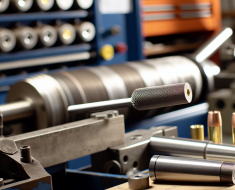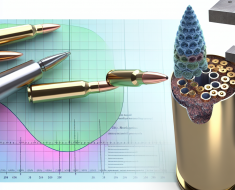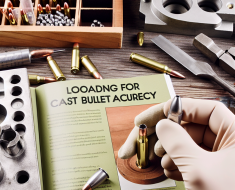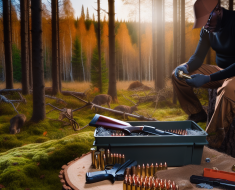How to Troubleshoot Bullet Seating Problems
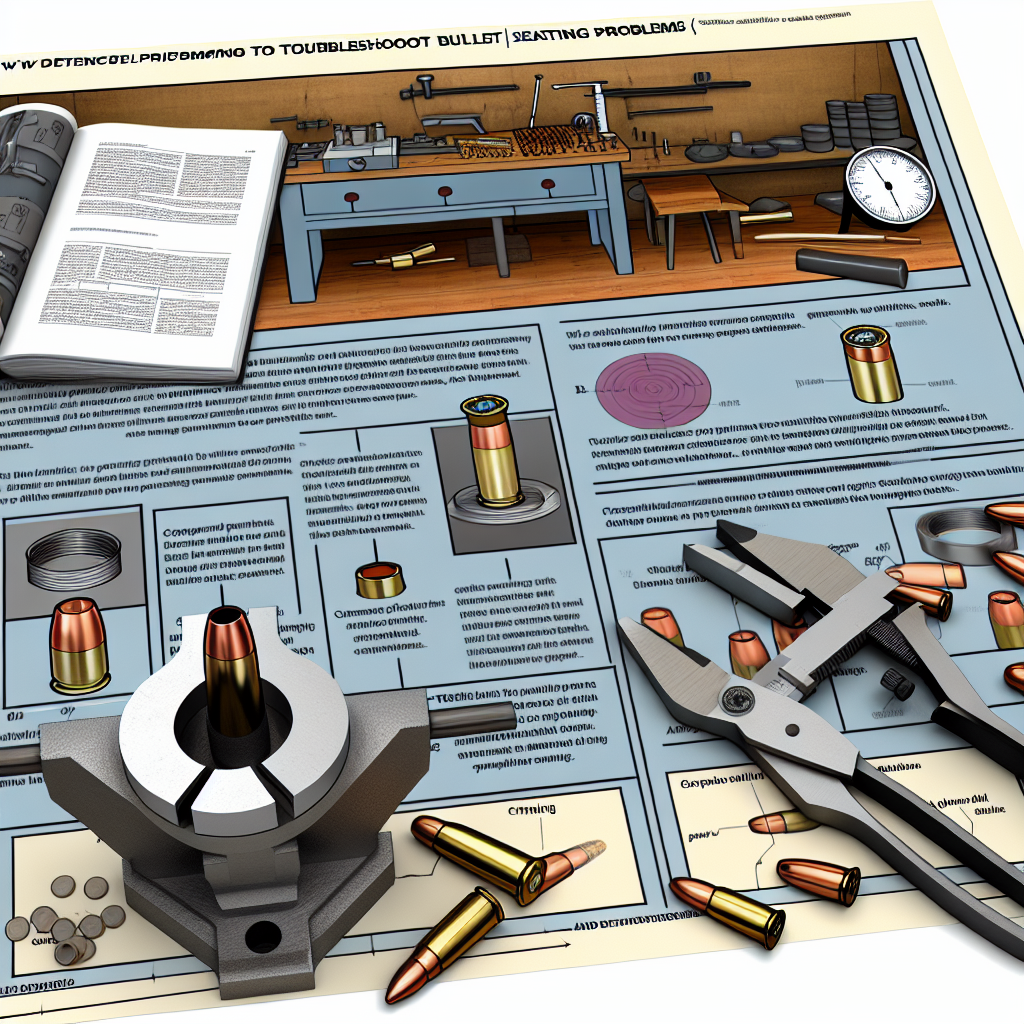
Reloading ammunition is a precise craft that requires attention to detail and an understanding of various components and processes. Among the critical steps in reloading, bullet seating plays a pivotal role in ensuring consistent accuracy, safety, and performance of your rounds. However, problems with bullet seating can lead to a host of issues, from inconsistent pressures to poor ballistic performance. In this comprehensive guide, we will explore how to troubleshoot bullet seating problems effectively, providing you with practical advice, technical insights, and real-world examples to optimize your reloading process.
Understanding Bullet Seating: The Basics
Before diving into troubleshooting, it is essential to understand what bullet seating entails and why it matters. Bullet seating refers to the process of pressing a bullet into the cartridge case to a specific depth. This step determines the overall length of the cartridge (OAL) and influences internal ballistics such as chamber pressure and velocity.
Proper bullet seating ensures:
- Consistent cartridge overall length (OAL)
- Uniform pressure generation during firing
- Optimal engagement of the rifling in the barrel
- Safe and reliable chambering in the firearm
When bullet seating is off—either too deep or too shallow—it can cause feeding issues, pressure spikes, or reduced accuracy. Understanding these fundamentals helps frame the troubleshooting process.
Common Bullet Seating Problems and Their Symptoms
Troubleshooting starts with identifying symptoms that indicate bullet seating issues. Here are some common problems shooters encounter:
- Inconsistent Cartridge Overall Length (OAL): Variations in OAL lead to inconsistent chamber pressures and velocities.
- Dented or Deformed Bullets: Improper seating die adjustment or excessive force can damage bullets.
- Difficulty Chambering Rounds: Over-seated bullets may jam or fail to feed smoothly.
- Bullet Setback: Bullets pushed deeper into the case due to recoil or improper crimping.
- High Pressure Signs: Flattened primers or sticky extraction caused by excessive seating depth increasing pressures.
A notable example comes from a case study by a competitive shooter who noticed erratic groupings at 100 yards after switching powder lots. Upon inspection, it was discovered that inconsistent bullet seating depths were causing variable pressures leading to inconsistent muzzle velocities.
Troubleshooting Step 1: Inspect Your Reloading Setup
The first step in resolving bullet seating issues is evaluating your reloading equipment and setup. Even minor misalignments or worn components can cause problems.
- Check Your Seating Die Adjustment: Ensure your seating die is set correctly according to manufacturer specifications. If it’s set too deep, bullets will be seated excessively; if too shallow, bullets may not be seated firmly enough.
- Inspect Shell Holder Compatibility: Using an incorrect shell holder can cause inconsistent case positioning leading to uneven seating depths.
- Examine Bullet Seating Stem Condition: A damaged or dirty stem can deform bullets during seating. Clean or replace as needed.
- Verify Case Preparation: Cases must be uniformly sized and trimmed before seating. Variations in case length affect OAL consistency.
A practical tip is to use a caliper to measure cartridge lengths frequently during production runs; this helps catch any deviations early on before large batches are affected.
Troubleshooting Step 2: Addressing Bullet Setback Issues
Bearing setback occurs when the bullet is pushed deeper into the case after initial seating, often due to recoil forces during firing or rough handling during feeding. Setback can dangerously increase chamber pressure and cause malfunctions.
- Causative Factors:
- Lack of proper crimping allowing bullets to move under recoil stress.
- Poor neck tension from improperly sized cases or insufficient neck annealing.
- Inefficient magazine design causing excessive impact on rounds during cycling.
- Troubleshooting Solutions:
- Add a proper crimp: Use a roll crimp where appropriate (especially for semi-automatic pistol cartridges) to secure the bullet firmly without deforming it.
- Tighten neck tension: Use neck sizing dies carefully and consider annealing brass if necessary for consistent neck hardness and flexibility.
- Select appropriate bullets: Some bullet designs are more prone to setback; consult manufacturer recommendations for your caliber and firearm type.
A survey conducted among precision rifle reloaders found that over 70% who experienced setback issues resolved them by adjusting neck tension and applying moderate crimps tailored for their specific cartridges.
Troubleshooting Step 3: Managing Inconsistent Cartridge Overall Length (OAL)
A common issue that affects accuracy is inconsistent cartridge OAL caused by variations in how deeply bullets are seated. This inconsistency results from several factors including case mouth variations, bullet shape differences, and die adjustments.
- Identify



